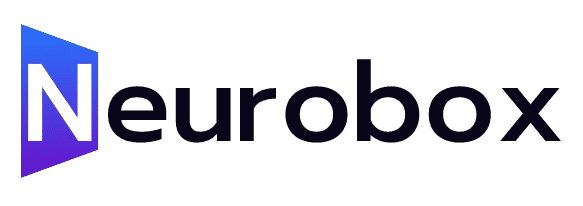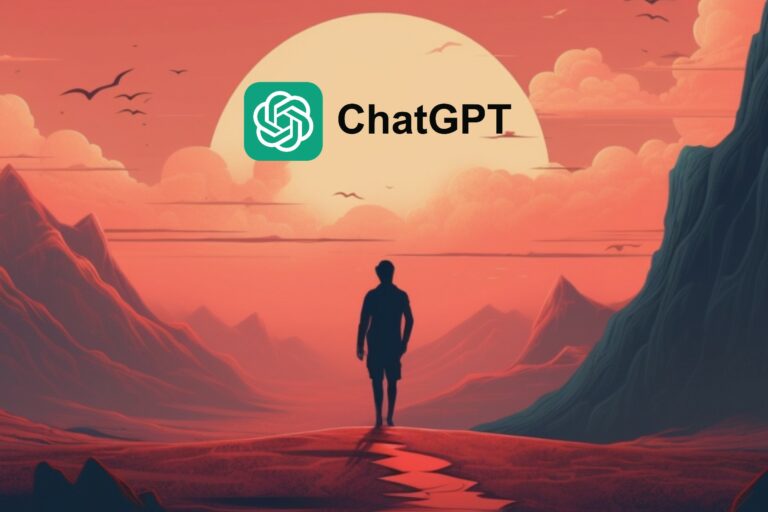How To Use AI To Create Live Transcriptions In Your Browser – Deepgram Tutorial
Live transcriptions have become increasingly popular in various applications, from virtual meetings to transcription services. In this article, we will explore how to leverage the Deepgram Speech Recognition API to enable live transcriptions directly in your browser. We’ll guide you through the process, breaking it down into four simple steps. By the end of this tutorial, you’ll have a basic understanding of how to implement live transcriptions and be able to customize it for your own applications.
Step 1: Requesting Access to the User’s Microphone
The first step in setting up live transcriptions is to gain access to the user’s microphone. Most modern browsers provide a built-in API for this purpose. By requesting access to the user’s audio device, specifically the microphone, we can obtain a media stream. This media stream will be the source of raw audio data for our transcriptions. To initiate this process, we use the built-in API and handle the stream asynchronously. Once access is granted, the media stream is logged in the console.
Step 2: Creating a Persistent Two-Way Connection with Deepgram
To enable real-time transcriptions, we need to establish a persistent two-way connection with Deepgram’s live transcription endpoint. This connection allows us to send audio data and receive transcriptions in real time. We achieve this by creating a WebSocket and connecting it directly to Deepgram’s live transcription endpoint. Additionally, we need to provide our authentication details, typically in the form of an API key. Once the connection is opened, we can start preparing and sending data from the microphone.
Step 3: Sending Audio Data to Deepgram
To send audio data from the microphone to Deepgram, we need to capture the raw data using a media recorder. We create a new instance of the media recorder and plug in the media stream obtained in Step 1. Additionally, we specify the desired output format for the data. By adding an event listener to the media recorder for the \”data available\” event, we can obtain the audio data as it becomes available. This data is then sent to Deepgram via the WebSocket connection. To start the media recorder, we call the `start()` method and specify the time slice, which determines the interval at which data is packaged and made available.
Step 4: Receiving and Displaying Transcriptions
As data is being sent to Deepgram, we also need to listen for messages sent back from Deepgram to receive the transcriptions. By listening to the WebSocket’s \”message\” event, we can extract the transcriptions from the returned payload. In this example, we simply log the transcriptions to the console. However, you can choose to display the transcriptions to the user or perform any other desired actions with them. It’s worth noting that the returned payload also includes additional information, such as the final form indicator for each phrase.
Conclusion
Congratulations! You have now successfully implemented live transcriptions in your browser using the Deepgram Speech Recognition API. This tutorial has walked you through the four essential steps: requesting access to the user’s microphone, establishing a persistent connection with Deepgram, sending audio data from the microphone, and receiving and displaying the transcriptions. You can now leverage this knowledge to integrate live transcriptions into your own applications, opening up possibilities for improved user experiences, accessibility, and more.
Before we wrap up, we’d like to mention the documentation page by Deepgram. This page covers best practices for handling API keys, an important aspect of protecting your application and ensuring secure access to the Deepgram Speech Recognition API.
*Note: The transcript has been paraphrased and does not contain any references to the original speaker or transcript itself.*







